
CNC Chamfering can be used to create various edge profiles such as V-shape, U-shape, and square-shape. In this process, the actual cut depends on the setup and the type of tools to be employed. Here you will find out what is a chamfer, and important facts that machinists must know about chamfer calculation cnc machining.
CNC Chamfering: What Is It, and How It Works?
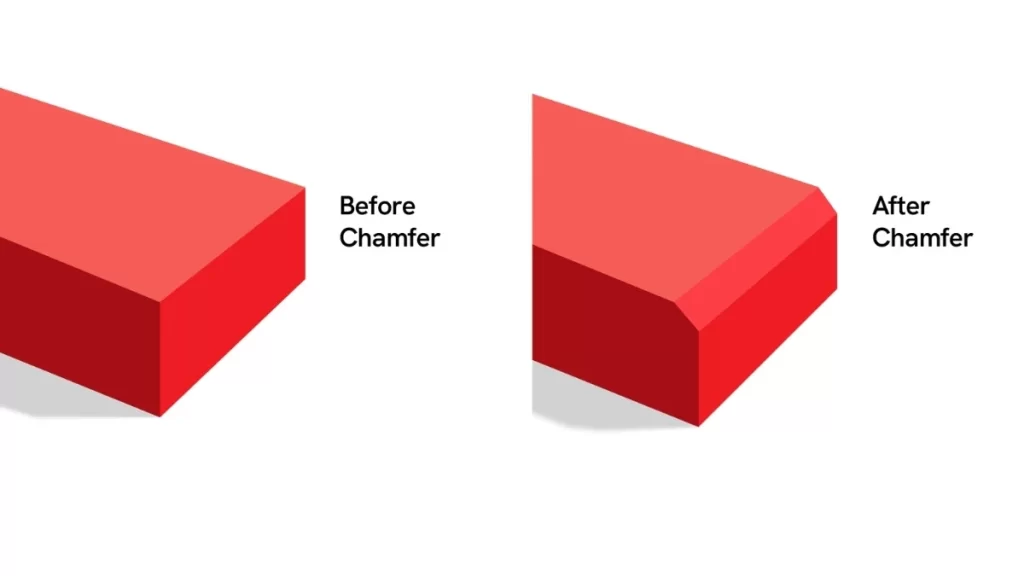
Image Name: Chamfering Machining
Chamfering refers to a process of making a small cut or shaving off the edge of a workpiece to form a cnc 45 degree chamfer. The cut creates chamfer; commonly a taper, that helps to blend one edge with another to avoid a jagged surface.
Chamfering technique is particularly important where welding or brazing preparation is required, to achieve a neat edge finish.
Chamfer tools are particularly used in areas such as architecture, engineering, and carpentry for edge profiling. They create sleek planes and edged shapes for medical and electronic parts to ensure safety and usability.
These are Square Corner, Outside Corner, Inside Corner, Flat Bottom, and Chamfer Face Milling depending on the required application. (Get Insights on cnc machining process)
Advantages of CNC Chamfer Machining
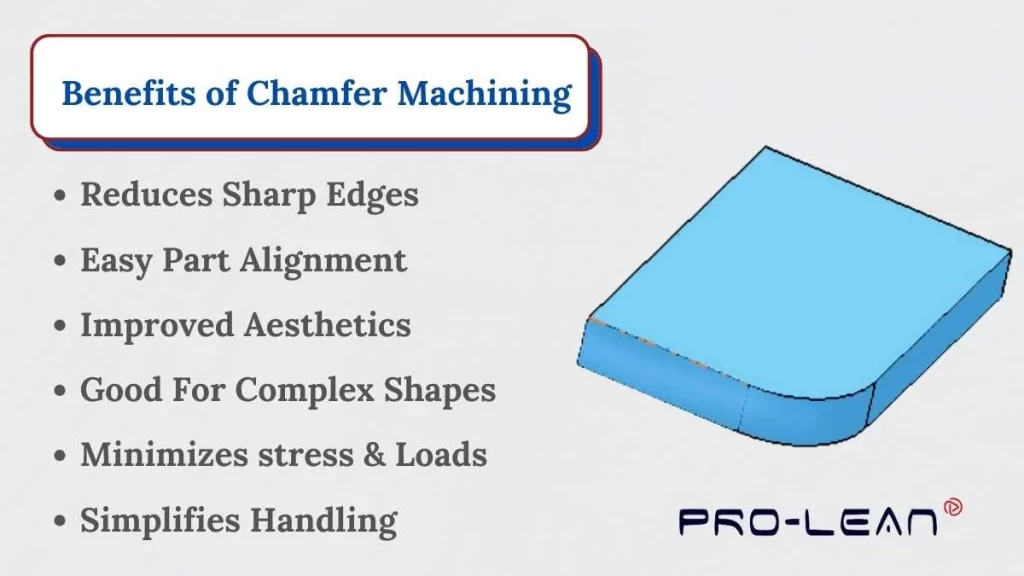
Image Name: Benefits of Chamfering
Chamfering is useful for workpiece protection and provides a better and improved appearance of the final end-use product. Below are the key benefits of cnc chamfer :
- Prevents the formation of a burr along the edges of a workpiece.
- Chamfer machining cuts the chances of getting damaged during the process or handling of the material.
- Improves the edges’ aesthetic appeal to produce a smoother surface.
- Reduces the amount of material to be removed from the edges of a workpiece.
- Improves the stability of the top side of the workpiece to get better edge support while in use.
G01 Corner Rounding & CNC Chamfer Program Example
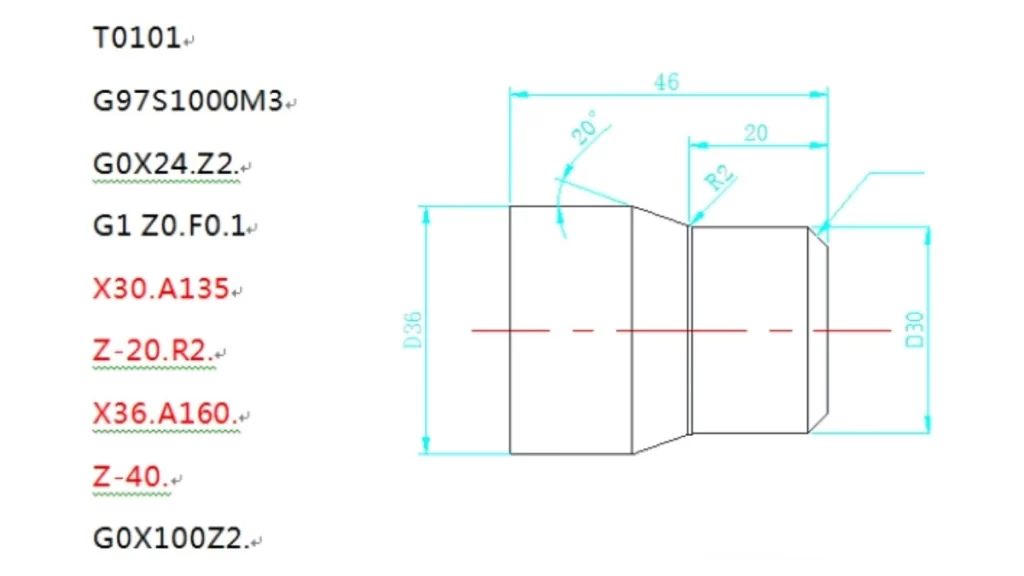
Image Name: Corner Rounding & CNC Chamfer Program Example
The code uses G01 for linear movements, C for chamfering (2 mm), and R for radius (4 mm). It ensures precise tool control for chamfering and corner rounding operations with safe rapid movements (G00) between cutting paths.
CODE EXAMPLE
N5 G00 X0 Z3; Rapid move to X0 Z3 (clearance position)
N6 G01 Z0 F0.2; Linear move to Z0 at feed rate 0.2
N7 X35 C2; Chamfer to X35 with 2 mm chamfer
N8 Z-40 R4; Move to Z-40 with a 4 mm radius
N9 X55 Z-52 F0.1; Move to X55 Z-52 at feedrate 0.1
N10 X75 C2; Chamfer to X75 with a 2 mm chamfer
N11 Z-76; Final Z position for chamfering
N12 G00 X100 Z50; Rapid move to safe clearance position
N13 M30; End of program
Try Prolean Now!
Essential CNC Chamfer Tools
CNC Chamfer involves special tools for producing chamfered and beveled edges. These tools entail cutting blades fixed on spindles and are provided in different forms and sizes depending on the intended. Below are key tools every machinist should consider:
Chamfer Mills
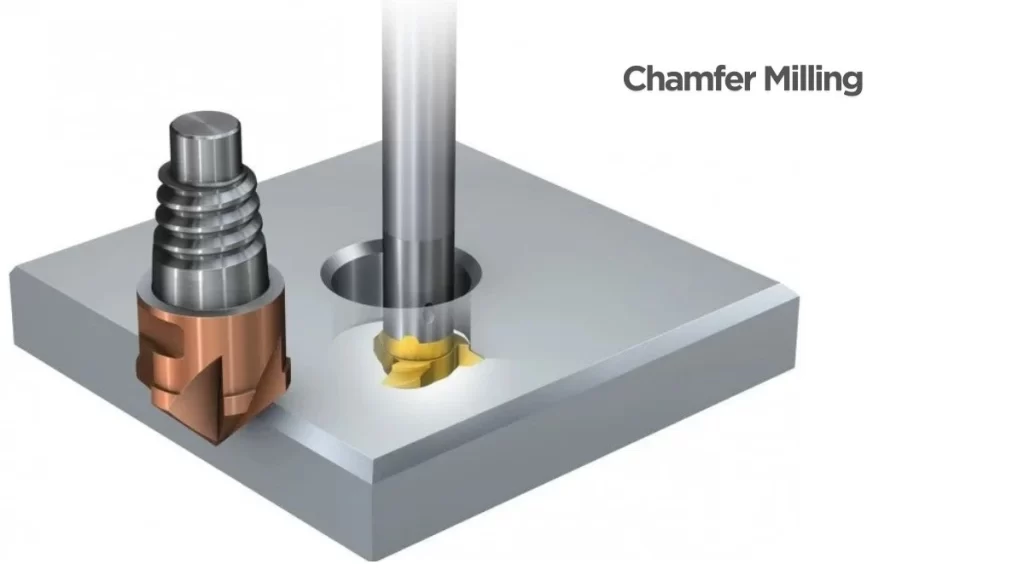
Image Name: Chamfer Milling
Chamfer mills are used to produce tapering edges. These are some of the most preferred cutting tools. They come in various sizes and forms to fit the different application requirements. Of the various chamfer mills, the corner chamfer mills are the most frequently employed because they can perform edge chamfering perfectly.
Face mills are used to chamfer large surfaces or make wide angles to the part. These tools can rotate the blade multiple times. They can cut through large portions of the material quickly. Such aspects make them rather flexible to enable the provision of sharp edges where needed in diverse tasks.
Edge Cutters
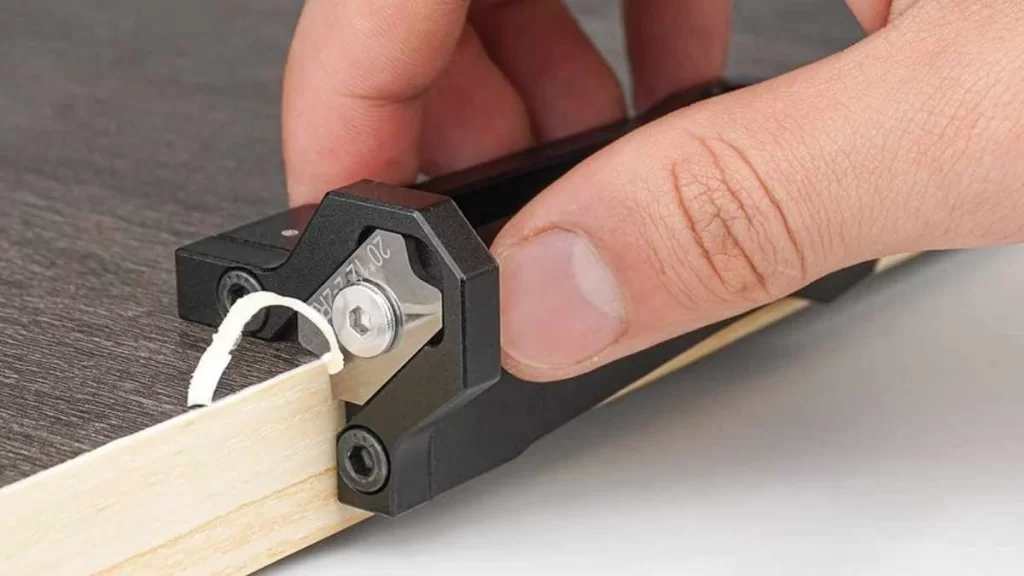
Image Name: Chamfer Edge Trimmer
Edge cutters make smooth and sharp slopes right to the edges. They are frequently used in wood or material finishing. These improve appearance while reducing sharp-edge hazards.
End Mills
End mills are a fast and effective way of chamfering edges. By feeding the cutter at a controlled speed and feed rate, machinists get smooth deburred opening or enlargement of a feature in the workpiece.
Tips for Achieving Optimal Results with Chamfer Machining
Consider these key practices to ensure excellent results with chamfer milling;
- Keep the chamfer mill positioned perpendicular to the workpiece.
- Use slow spindle speeds to prevent overheating and damage.
- Avoid speeding up the chamfer mill excessively during operation.
- Refrain from re-sharpening end mills to a sharp point.
- Minimize cutting pressure to protect the cutter’s design integrity.
- Opt for low speeds to maintain a cool cutting edge.
The surface finish of chamfered edges must feel like a smooth surface texture. Rough edges may appear crude or raw. It can lower the overall quality. To achieve the best possible outcomes, it’s recommended that you strive to achieve uniform and sleek surfaces that keep your product looking and working at its best. (Read more about the machining thread)
Prolean Tech specializes in high-quality surface finishing of components. Being skilled in providing a glossy, shiny, or matte look, we prepare parts for subsequent operations. Call Prolean Tech today to provide your workpieces with the finish they need.
Try Prolean Now!
Selecting the Right Chamfer Cutter Tip Geometry
The cnc chamfer or bevel edges require cutters as a crucial tool. These tools are greatly applied in finishing various parts accurately. Applications include fluid flow optimization, to improve aesthetics effectively. Research indicates that choosing the right geometry of the tip yields the best results.
Pointed Tip Chamfer Cutters
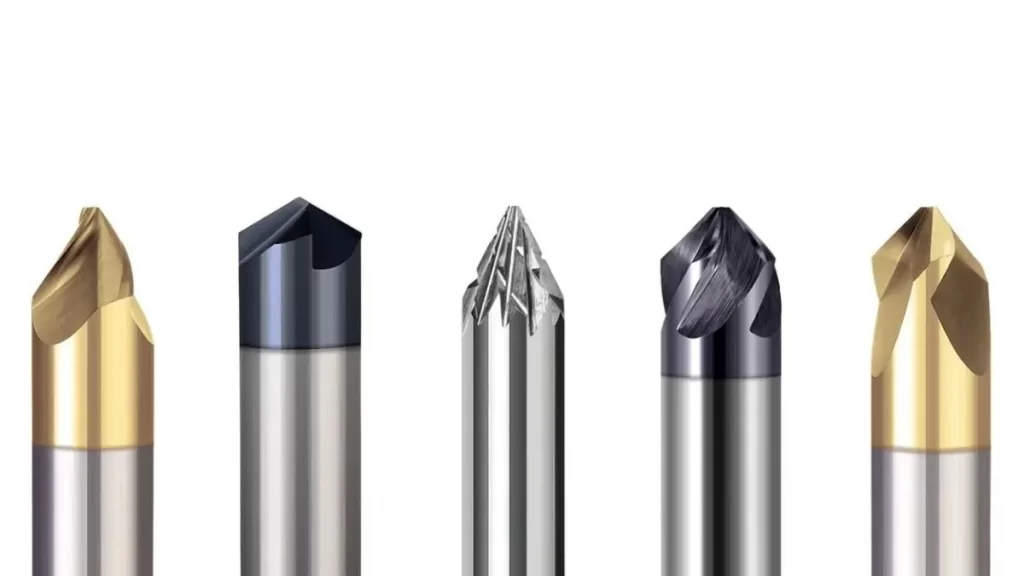
Image Name: Pointed Tip Chamfer Cutters
Chamfer cutters with a sharp edge are pointed to achieve precise cutting positions. These tools are especially suitable for work in narrow grooves, slots, and holes. Their sharp point makes coding easy and also guarantees correct alignment. There are pointed tips that allow cutting for longer periods for deep cutting functions. The two-flute design is simple but works perfectly for the product.
Flat End Noncutting Chamfer Cutters
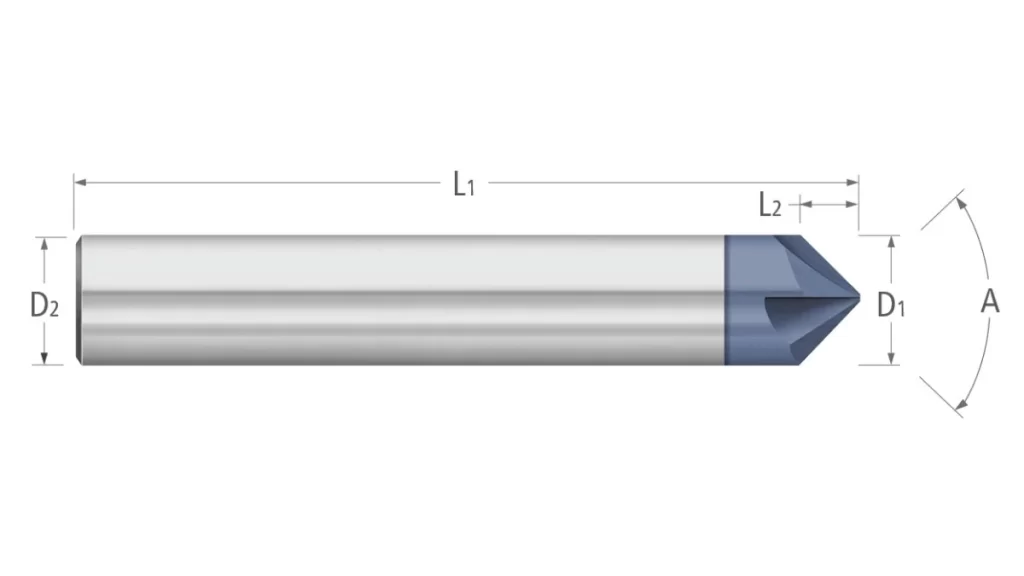
Image Name: Flat End Noncutting Chamfer Cutters
Flat-end cutters are thick, blunt-nosed, and typically not designed to cut. Their design eliminates vulnerable areas and generally increases the tool’s longevity to a large extent. The use of multiple flutes improves the surface finishes of the workpiece in addition to increasing tool longevity. These cutters are not optimal for wide slots or grooves. They are ideal for use in creating wider chamfering with high accuracy as to the angles.
Flat End-cutting Chamfer Cutters
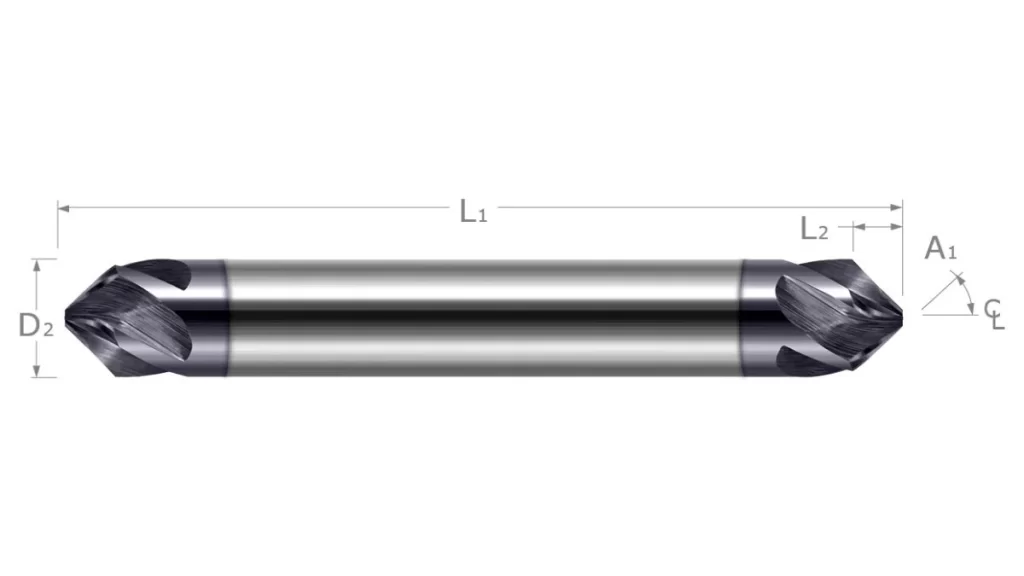
Image Name: Flat-end cutting tools
Flat-end cutting tools are effective at joining walls and floors. These cutters comprise a flat end with a center-cutting capability. Their geometry enables machinists to create top-to-bottom chamfers through material removal. In addition, they provide high accuracy in tolerance levels as well as fine steps in complex shapes. These tools are ideal for creating fine, seamless edges on the component being worked on.
Comparing Chamfers Vs Fillets
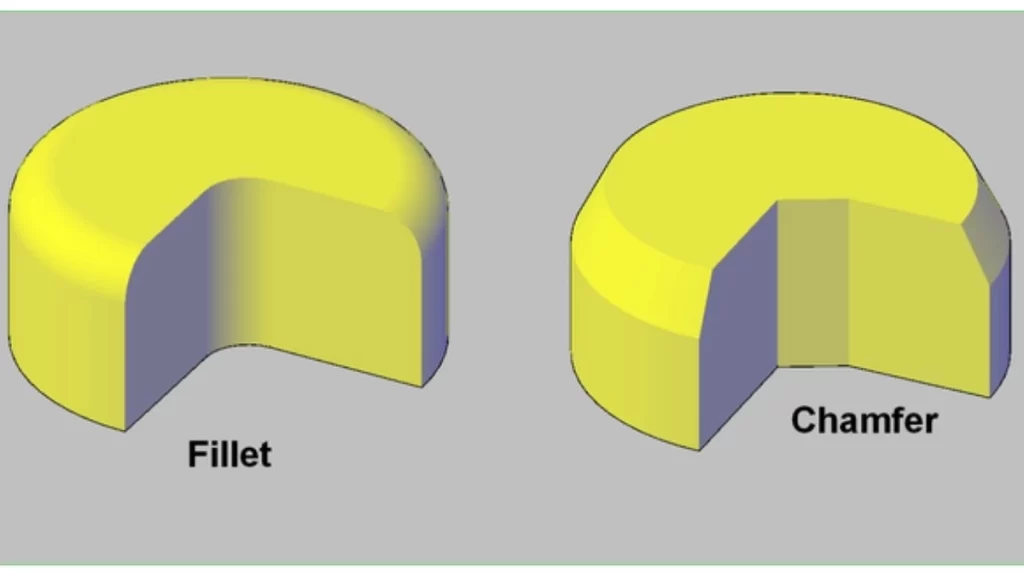
Image Name: Fillet Vs Chamfer
Fillets provide better-looking rounded edges that make part joining easier. They lower stress concentrations and thereby enable parts to support greater loads. Fillets make structures more durable by removing sharp edges that could damage the surface. Their smooth edges facilitate better coating and painting adhesion and do not have the chamfer issue where coatings tend to peel.
Both fillet vs chamfer ease the stress concentration at part corners and increase part strength. Although chamfered corners may wear owing to sharp edges. These are concealed as well as less dangerous. In addition, cnc chamfer is beneficial for assembly because it allows one part to fit smoothly into another – male parts into female parts. Moreover, chamfers are fast and universal: one tool allows making different sizes of chamfers, without tool changeover.
Prolean Tech: Your Online Resources to Boost Manufacturability
Features like fillets and chamfers added to a design can influence the overall cost of machining the part and the time taken to bring parts into real use. However, learning these effects takes time.
Prolean Tech provides comprehensive machining service, and experience advice to improve your chamfer designs online. These are useful knowledge to build the starting point for improving manufacturability and optimizing production.
Frequently Asked Questions (FAQs)
Q1. When should you use a chamfer?
Chamfers are ideal for creating clearance between connecting parts. They assist in positioning components easily during assembly. Additionally, chamfers enhance safety by removing sharp edges.
Q2. What is the standard angle for a chamfer?
Chamfers are typically machined at a standard 45-degree angle.
Q3. How does a chamfer bit differ from a bevel bit?
A bevel bit can be angled differently from 45 degrees. If set to 45 degrees, it can function like a chamfer bit.
Q4. Why are chamfered edges beneficial?
Chamfered edges improve safety by removing burrs and sharp corners. This reduces the risk of cuts or injuries.
Q5. What is the typical depth of a chamfer?
For milled chamfers, the standard depth is 0.1 inches or 3 mm.
Q6. How is a chamfer dimensioned?
CNC Chamfers can be dimensioned in two main ways:
- Length by angle: Specifies the depth and angle of the chamfer.
- Length by length: Details the depth of the chamfer, assuming a 45-degree angle.

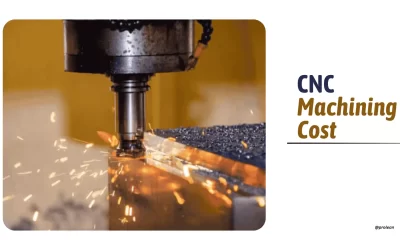
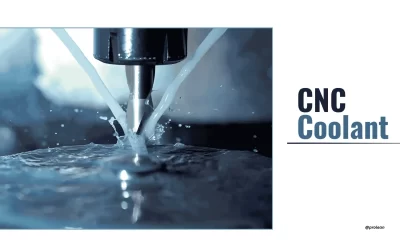
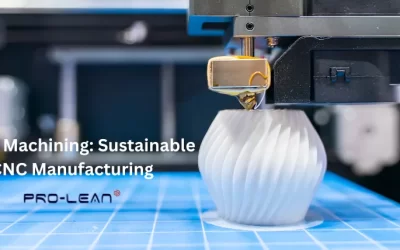
0 Comments